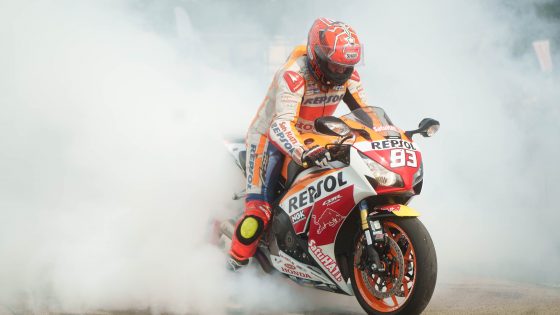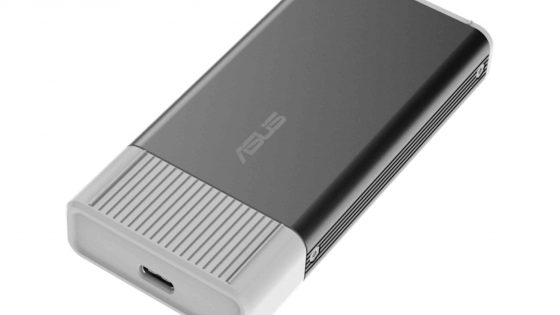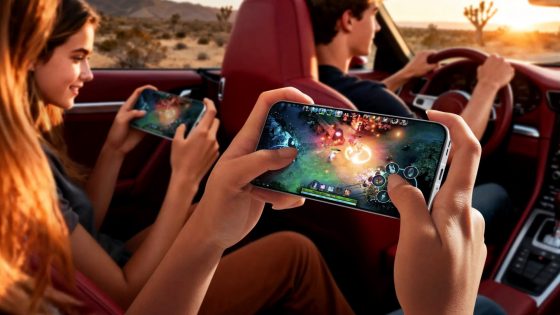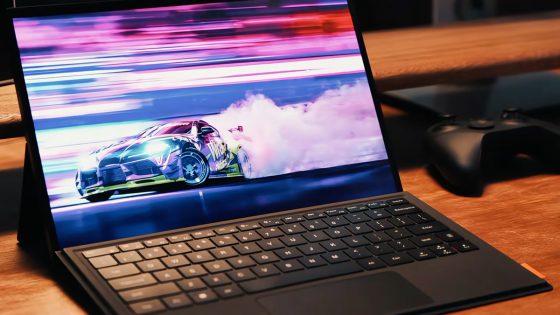How to test the computer or individual components?
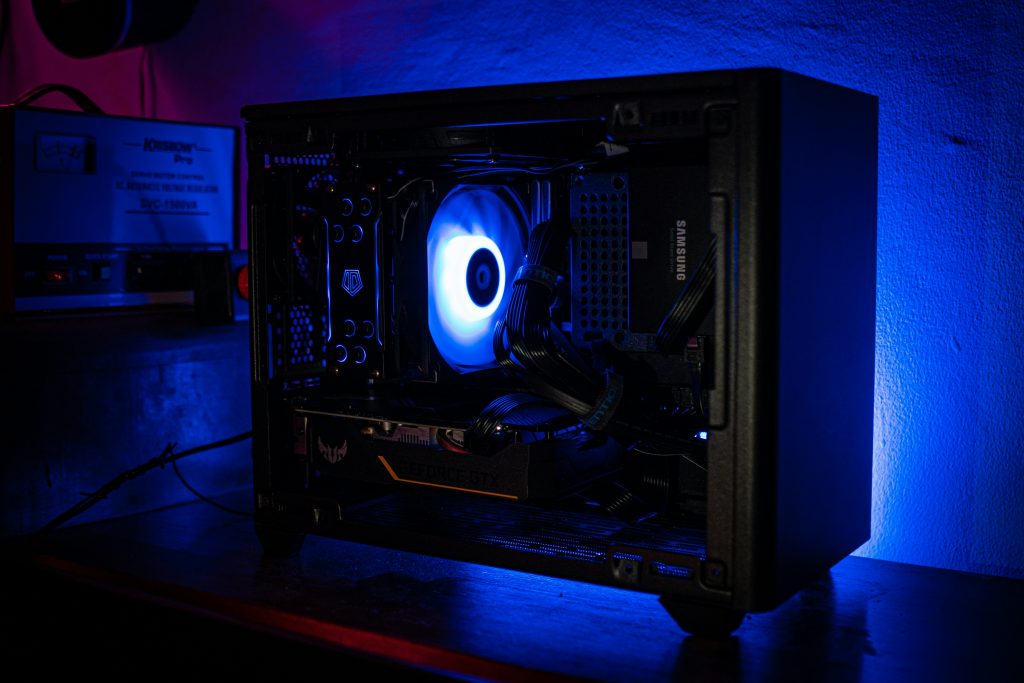
Apart from the hobby, benchmarks can be the best tool for (timely) detection of errors in the computer or just to check if everything is in the best order. The process is very simple. You install a few programs, choose the right settings and wait for the program to do its thing. We also use them when we test computers or individual components. However, it is necessary to understand the final results, i.e. how the program got there, under what conditions, etc.
Testing with dedicated tools can be unrealistic or a poor representation of how the computer will behave in everyday tasks. Therefore, we usually separate testing into analysis with the (synthetic) programs below and into practical testing with programs and games launched by the average user. The results of the two approaches can be very different.
If you want to use your test results in the future for a “before-and-after” comparison, it’s a good idea to test under conditions that you can easily replicate. It’s recommended to use a freshly installed Windows system, which is less likely to have unnecessary processes running in the background. If you’re testing a laptop, it’s a good idea to test separately on battery and AC power. Laptops also typically have different profiles for quiet operation and maximum performance, where components behave differently – for example, the chip may be limited to lower power, the fan curve is almost always completely different, and so on.
However, creating ideal conditions is not a reflection of how we actually use the computer. Our computers are full of programs, many processes are running in the background that we don't even know exist or that we have installed them over the years of regular use. For a more realistic display, test your computer under the conditions you use it on a daily basis.
Testing tools can also be helpful if you like to tweak your CPU, graphics card, and RAM. If you've changed the CPU's voltage and frequency, you'll want to make sure it stays stable under more demanding operation. The same with the graphics card and when turning on XMP in the BIOS to make the RAM work faster.
We need a data monitoring tool
Not all testing programs have built-in tools to monitor important component data, such as temperature. The Task Manager is a very basic tool that allows us to monitor the stress our components are under. But there are much better tools, you prefer to use task manager to kill programs/processes.
We will need more detailed data on frequencies, power consumption, temperature, voltage and more, which the programs can display. HWiNFO, MSI Afterburner and the like.
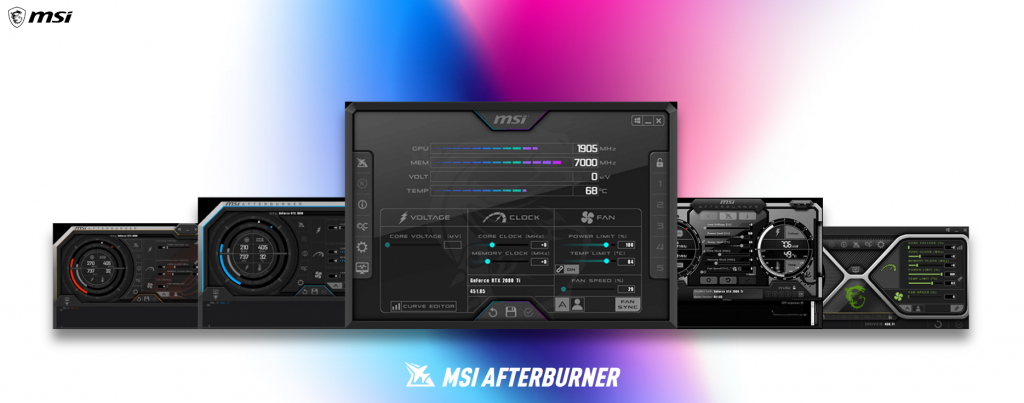
Some games have built-in handy tests that we can use to easily check how well our computer will perform. For others, we will have to use programs that will show us the most important data while playing (fps, consumption, temperature, 1 % low, etc.). OAT is an open source program that has always proven to be reliable.
Processor testing. What to use?
The processor affects everything: how fast the system will work in general, the performance of games, general programs, how multitasking will be... Therefore, next to the graphics card, it is the most tested and compared component.
If you've spent half a grand on a processor, you're probably wondering if it's performing as expected. It's a good thing that we have quite a few programs available for testing the processor.
Cinebench 2024 - Single-core and multi-core performance
With processors, we're interested in what single-core and multi-core performance is like, and what that means for gaming performance. One of the most popular programs for this type of testing is Cinebench 2024.
Cinebench 2024 uses Redshift, the Cinema 4D rendering engine, to measure single-core and multi-core performance. It lets us decide for ourselves whether we want to run a quick test or a longer test to test consistency or how stable the performance is. There is also a handy benchmark of identical and competing processors, which we can use to immediately see if our processor is performing as expected. They also recently added support for new Arm processors, such as the Snapdragon X Elite.
PCMark - simulating everyday life
Another old-timer that has remained one of the better processor testing programs over the years. PCMark is actually a collection of various tests that simulate everyday use, such as running office programs, browsing the web, streaming videos, etc. It also shows processor usage, temperature, and more.
Although there is a free version, the collection of tests is limited. Free tests are enough for undemanding testing and a quick comparison, but for something more serious you need to pay an extra 28 euros.

Prime95 - "Why Do You Torture Me"
Would you like to find out where the upper limit of your processor is? If you want to torture your processor, really push its circuits, then run the program Prime95, before which all processors tremble. Not because they are not powerful enough, but because Prime95 performs unrealistic processes. The goal is only one - to "squeeze" the processor. It is most often used to check whether the changes made when overclocking the processor are stable.
We don't recommend it for use in mini PCs or basic laptops that have cooling systems too poor to handle such unexpected heating.
Blender is a better friend. It won't torture the processor, but it will still test multi-core performance well. PugetBench It is suitable for testing performance in programs such as Photoshop and DaVinci Resolve.
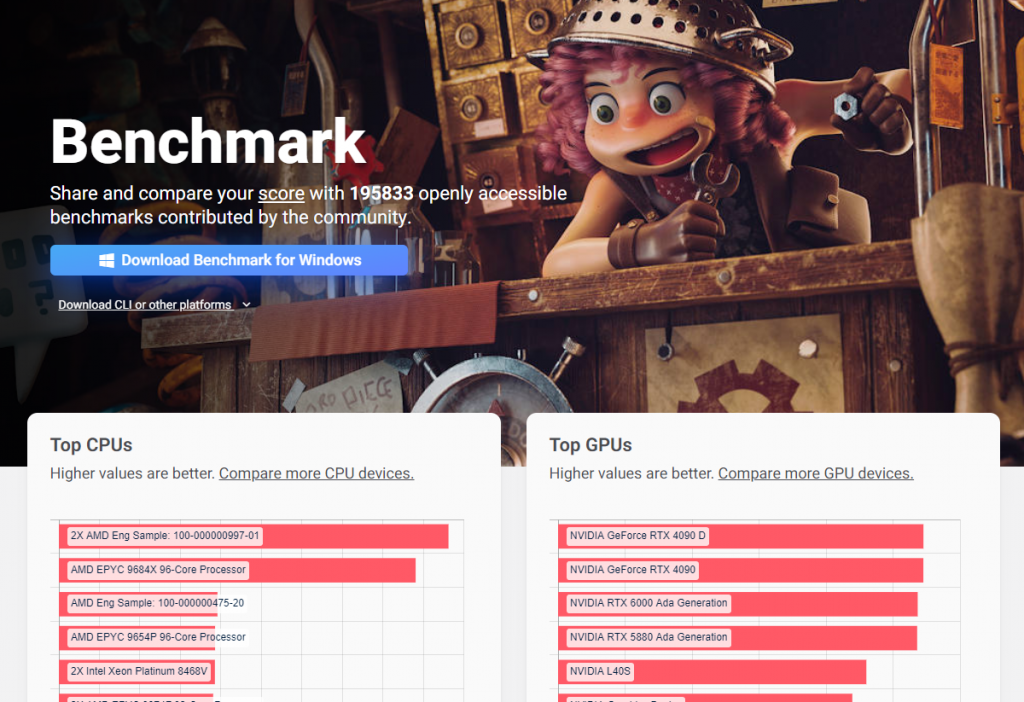
Performance testing in games
For a good indication of how the processor and graphics card perform in games, we recommend that you test different genres. It is good to test them in newer, graphically demanding AAA games, such as Alan Wake 2 or Cyberpunk 2077, and some older ones, such as The Witcher 3 or Shadow of the Tomb Raider, which already have a convenient testing system built in. We recommend that you test at least one other arcade game (for example Forza) and a shooter/FPS (Valorant, Apex Legends, Call of Duty...).
Install MSI Afterburner, turn on an overlay with all the necessary information, and play the game as you would otherwise.
How to test a graphics card?
Gaming performance and video editing and rendering performance are two very different tasks. A graphics card can be great for gaming, but it doesn't deliver the same results when it comes to rendering.
3DMark is perhaps the most well-known graphics card testing program, and is also used to test phones. Like PCMark, it is a collection of tests, including the Time Spy and Firestrike modules, which are the most commonly used. The basic version is free, but for anything more you have to pay a good 30 euros.
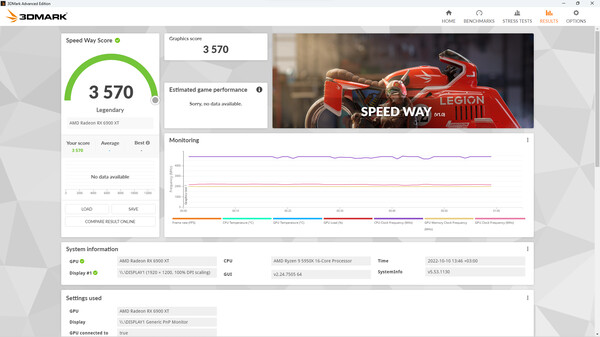
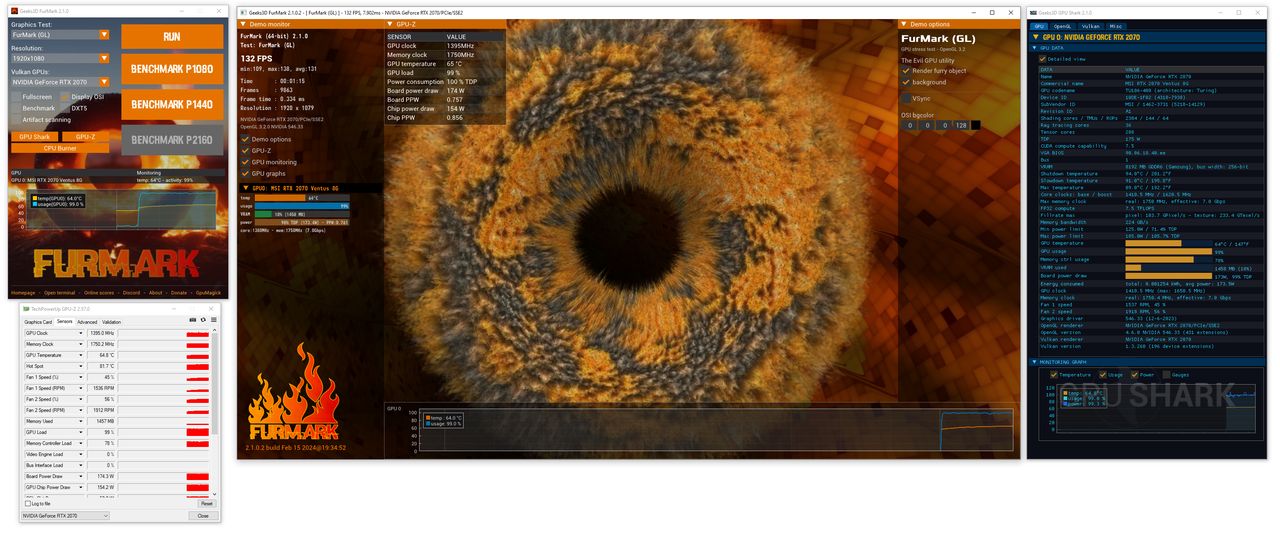
FurMark is the same as Prime95, but for extreme testing of the graphics card. In most cases it is unnecessary, but it can be handy for quickly testing the graphics card to see if it is stable, if it overheats quickly, etc. It is not recommended for testing laptops and mini PCs.
Cinebench 2024 recently gained the ability to test graphics cards, and you can also use Blender and V-Ray for testing raytracing capabilities.
SSD, RAM and other components
To test drives, use CrystalDiskMark, which will show you read and write speeds. RAM will be more difficult to test. AIDA64 can show you its speeds and latency times, but there are no similar tools we know of for testing CPUs and graphics cards. To test the power supply, you will need a special dedicated tool, which is not found in every workshop.
If you're interested in how well or poorly your computer is performing, you now have all the tools you need.














